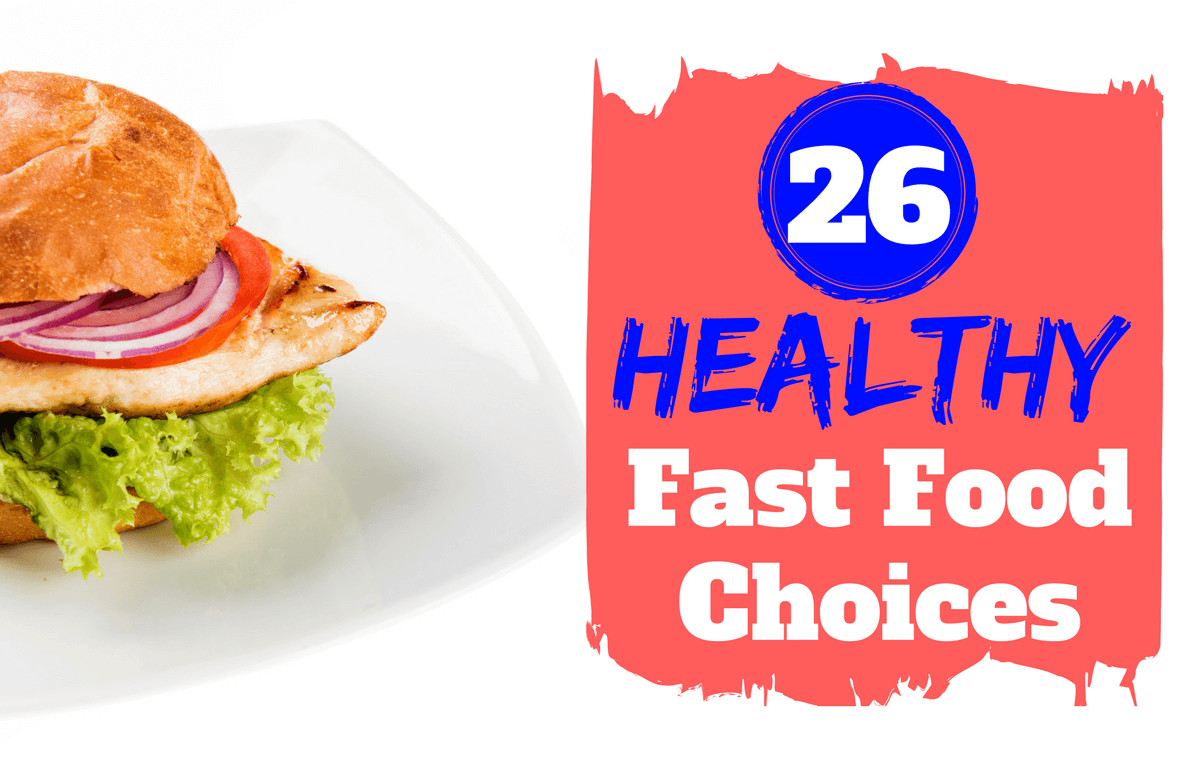|
It feels as though there is no escaping carbohydrates when it comes to talking about healthy eating. The latest carbohydrate-focused diet to take center stage combines very low carbohydrate days along with days packed with carb-containing foods. Known as "carb cycling," the premise of this eating plan comes from the world of bodybuilders and professional athletes looking to quickly increase muscle mass—though that hasn't stopped the average person looking for a weight-loss solution to jump on the bandwagon as of late. But does this eating plan really "optimize" carbs to boost weight loss? What is Carb Cycling?While carb cycling involves alternating between high carbohydrate intake days and low carbohydrate intake days at its core, there are many versions of the plan. Some people adjust their carb intake day-to-day, usually based on their exercise and competition schedule, while others do longer cycling periods by week or month. Some plans use the high-low carb routine for six straight days with a reward or cheat day on the seventh. |
| Female | Male | |
| Very Low-Carb Day Non-Exercise or Light Activity Day Calories Carbohydrates (up to 25% of calories)
| 1200 40 -75 2 ½ - 5 | 1500 50 - 95 3 ½ - 6 ½ |
| High-Carb Day Exercise or Vigorous Activity Day Calories Carbohydrates (45-65% of calories)
| 1500 170 - 245 11 ½ – 16 ½ | 1800 200 - 295 13 ½ - 19 ½ |
For some who struggle with eating plans that cut out whole food groups, the carb-cycling plan can be liberating and easier to maintain than other very restricting or very low-carbohydrate eating plans. Others find the cycling approach to be too complicated and time-consuming.
While a carb-cycling plan is safe for most people, do not start using a carb-cycling plan before checking with your primary care provider or registered dietitian. This is especially important if you have a medical history of diabetes, heart disease, metabolic syndrome, hypoglycemia, disordered eating or binge eating. Do not use this type of eating plan if you are pregnant or breastfeeding. Avoid carb-cycling plans that require or force the purchase of added supplements, shakes or beverages.
The bottom line is this: Diets that cut calories usually results in weight loss and so will carb cycling. If you find that controlling carb intake is an area of struggle in your weight-loss plan, carb cycling may offer the increased flexibility you desire, but with added structure and accountability you need to make a real change. If you decide to take a ride on this rollercoaster, be sure to reach for quality carbs on both your feast and famine days.
Popular Entries
 4 Secrets of Calorie Counting from a Top Food Blogger153 Comments
4 Secrets of Calorie Counting from a Top Food Blogger153 Comments 12 Simple Steps and Strategies for Clean Eating41 Comments
12 Simple Steps and Strategies for Clean Eating41 Comments How Marla Lost 100 Pounds & Found the True Meaning of 'Healthy'84 Comments
How Marla Lost 100 Pounds & Found the True Meaning of 'Healthy'84 Comments Christian Workout Music: 100 Uplifting Songs309 Comments
Christian Workout Music: 100 Uplifting Songs309 Comments.png) Learn to Love At-Home Workouts With This Folding Treadmill23 Comments
Learn to Love At-Home Workouts With This Folding Treadmill23 Comments
Related Entries
-
 13 Easy, Tasty Ways to Eat Brown Rice
13 Easy, Tasty Ways to Eat Brown Rice -
 Dining Out: Vietnamese Cuisine
Dining Out: Vietnamese Cuisine -
 The Most Popular Low-Carb Recipe on SparkRecipes
The Most Popular Low-Carb Recipe on SparkRecipes -
 How to Read a Nutrition Facts Label
How to Read a Nutrition Facts Label -
 10 Easy Side Dishes to Make That Chicken Dinner a Winner
10 Easy Side Dishes to Make That Chicken Dinner a Winner -
 7 Sure-Fire Tips to Get Kids Excited about Healthy Cooking
7 Sure-Fire Tips to Get Kids Excited about Healthy Cooking -
 The Surprising Benefits of Nut Butter
The Surprising Benefits of Nut Butter
More From SparkPeople
-
 One-Minute Microwave Muffin
One-Minute Microwave Muffin -
 World's Best Spinach and Artichoke Dip
World's Best Spinach and Artichoke Dip -
 Sweet and Spicy Muffins
Sweet and Spicy Muffins -
 Cranberry-Almond Oatmeal Cookies
Cranberry-Almond Oatmeal Cookies -
 Better Than Store-Bought
Better Than Store-Bought -
 8 Ways to Break Your Bad Habits for Good
8 Ways to Break Your Bad Habits for Good -
 7 Fun Ways to Exercise Together When You Can't Get Together
7 Fun Ways to Exercise Together When You Can't Get Together -
 The 26 Healthiest Fast Food Options
The 26 Healthiest Fast Food Options -
 Eating with Hypothyroidism
Eating with Hypothyroidism -
 Probiotics: A Billion Good Bugs
Probiotics: A Billion Good Bugs
